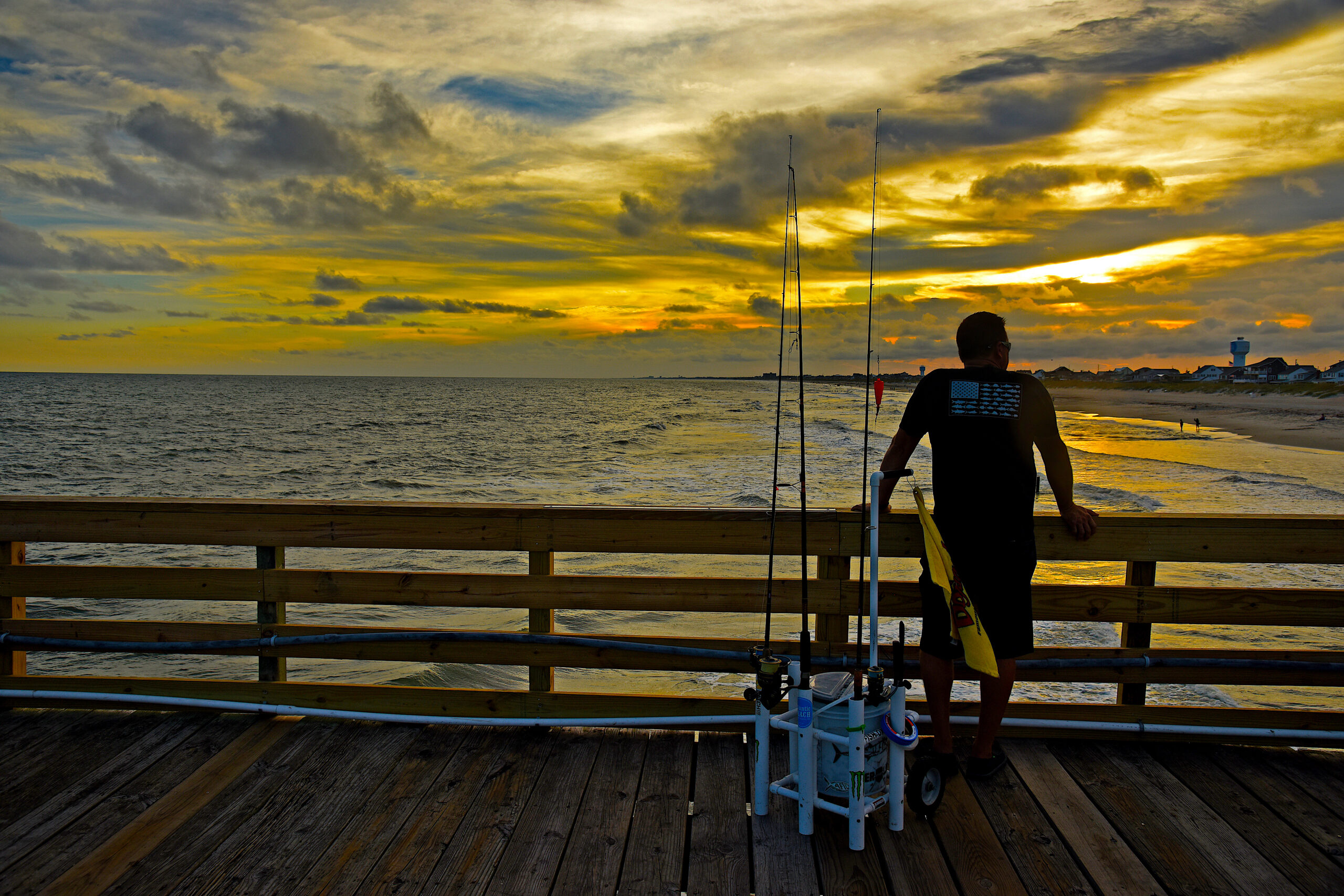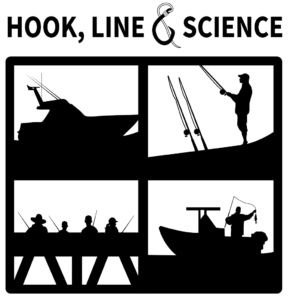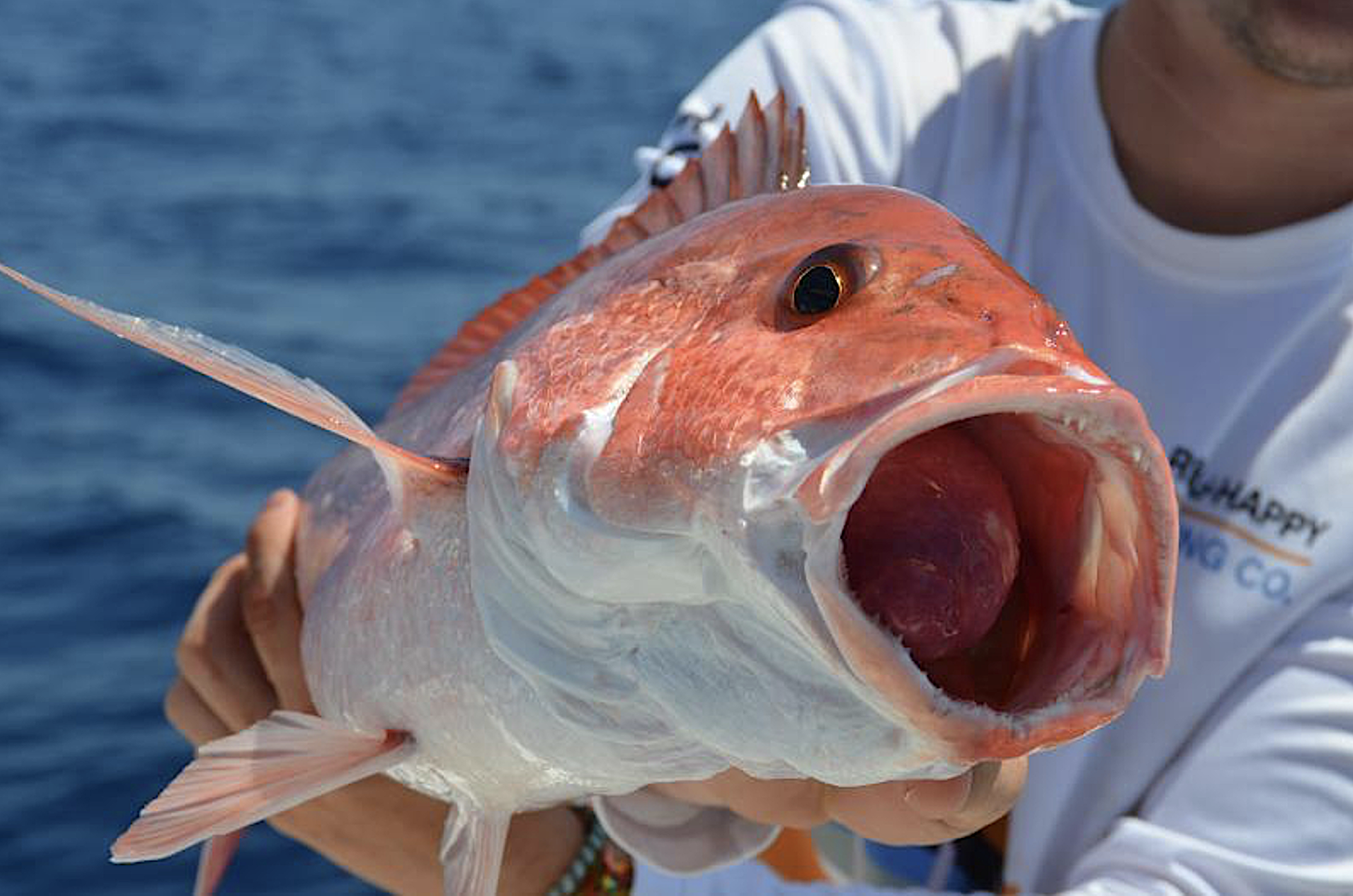Are shoreline anglers satisfied with fishing regulations?

The answer probably depends on why they fish.
Research Need
To ensure that fish populations are managed for long-term sustainability, managers need to understand who harvests fish and why — whether that be for fun, food, or money. Not all types of fishers are the same, and this is especially true for the diverse population of shore-based fishers which make up to 60% of Florida’s coastal fishing population.
While the majority of all Florida fishing license holders are white, shore-based anglers are disproportionately African Americano or Hispanic or Latino. How do we know different angler’s motivations to fish if we don’t ask them?
Some anglers may have more barriers to fishing than others. You don’t just need a license to fish, of course. You also need access to a body of water. Transportation, park or pier entrance fees, and physical access are all factors affecting whether or not you can fish a spot.
Fair access is especially important to groups like subsistence fishers, who rely on fish as a source of food security. Florida fishery managers understand that subsistence fishing occurs, but by whom and to what degree?
What did they study?
Scientists chose Key West for studying social equity because of the diverse variety of fishers present across access points and types of shoreline. Researchers surveyed shoreline fishers to see if they were fishing for subsistence and how satisfied they were with fishing regulations. They interviewed 105 fishers along shoreline that included beaches, mangrove forests, seawalls, jetties, bridges, and piers.
The survey asked fishers to discuss their motivations for fishing, satisfaction with regulations, and involvement in decision making about fisheries.
What did they find?
Fishers with low household incomes and African American fishers were both less satisfied with regulations and more likely to be subsistence fishing than were higher-income fishers or white fishers. Over a third of respondents who were African American, Hispanic or Latino, or from households with low incomes fished for food security.
One angler from a lower-income household expressed frustration with the impact regulation has on subsistence fishing, particularly the bag limit on Gray Snapper: “How are you supposed to feed a family of eight when you can only catch five fish?”
Over half of the fishers noted a barrier to fishing at their preferred spot, whether that meant limited access to the shoreline, like parking restrictions, or physical obstacles, like fences.
“Access to shorelines is horrible now,” said one local, whose family had been in Key West for five generations. “Growing up you could fish everywhere around the island but now it’s all privatized and owned by resorts and the tourism industry, and you can’t access the shore for fishing.”
Residents reported more barriers to fishing than tourists, and residents made up 43% of the surveyed fishers.
What else did they find?
Over half of subsistence fishers on mangrove shorelines targeted snapper, showing that these fish are a valuable food source for people relying on fishing for food security.
Only 38.7% of the Key West coastline is naturally vegetated, which is the most supportive type of shoreline for fish populations. That percentage is declining as real estate development claims more shoreline.
What Now?
The researchers suggest that the more fishers are involved with decision making, the better regulations will represent fishers’ needs. Statewide surveys should accurately represent who’s fishing, why they’re fishing, and where they’re fishing.
Restoring natural shorelines near marginalized communities will provide access to productive shoreline fishing for these communities and for subsistence fishers.
Sustaining fishery ecosystems and creating equal opportunities to fish are two goals of fisheries management — and they can coexist if we take both into consideration when making management decisions.
Reading
Kelsi L. Furman, Sharon L. Harlan, Luiz Barbieri, Steven B. Scyphers, Social equity in shore-based fisheries: Identifying and understanding barriers to access, Marine Policy, Volume 148, 2023, 105355, ISSN 0308-597X, https://doi.org/10.1016/j.marpol.2022.105355.
Lead photo: Oceanna Fishing Pier in Atlantic Beach. Credit: NC State News.
The text from Hook, Line & Science is available to reprint and republish at no cost but only in its entirety and with this attribution: Hook, Line & Science, courtesy of Scott Baker and Sara Mirabilio, North Carolina Sea Grant.




